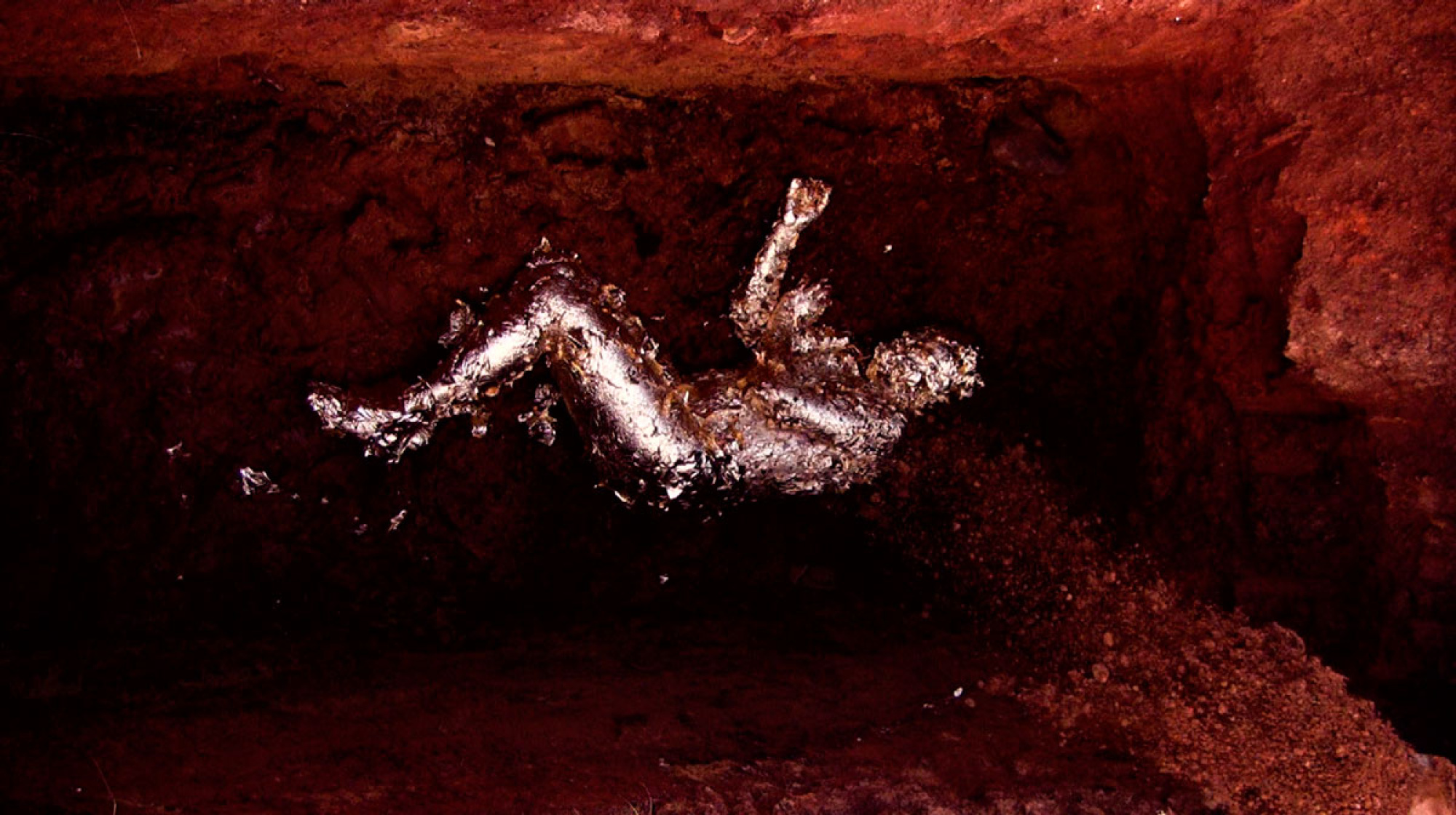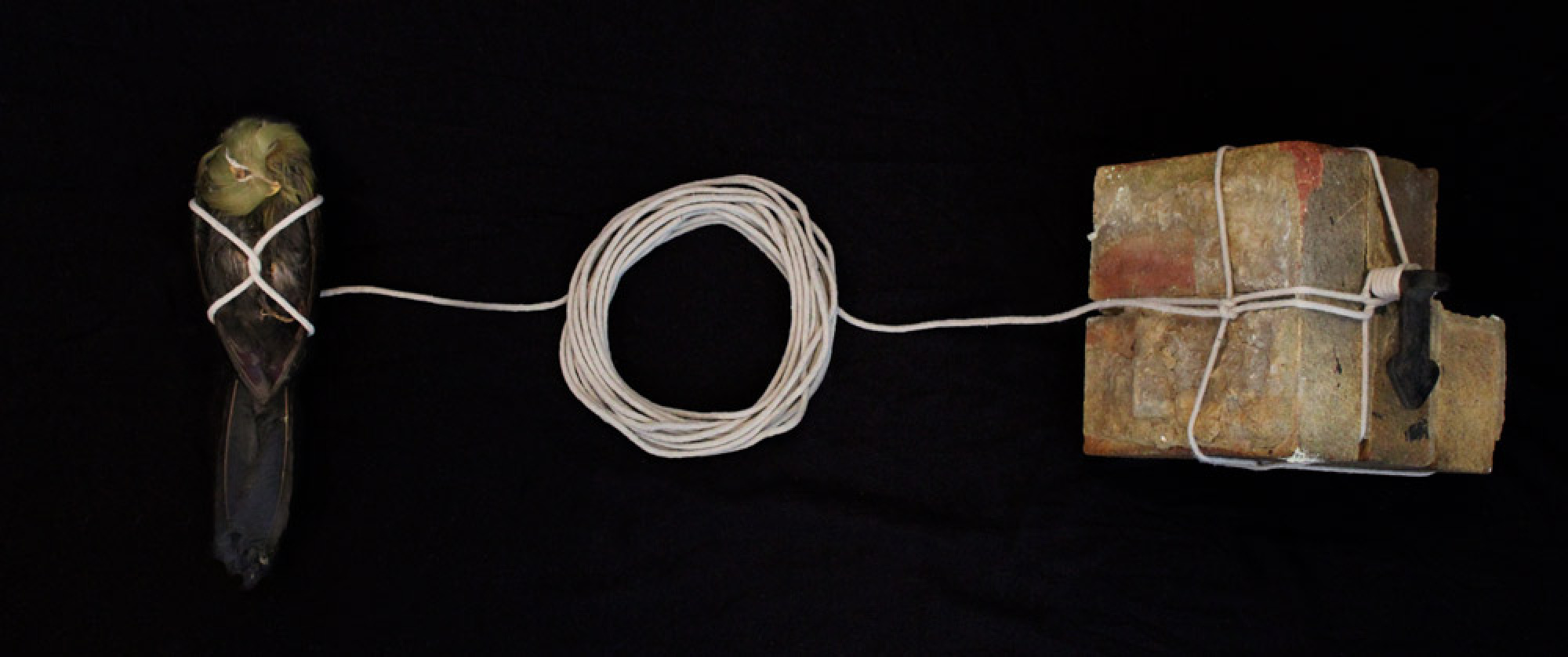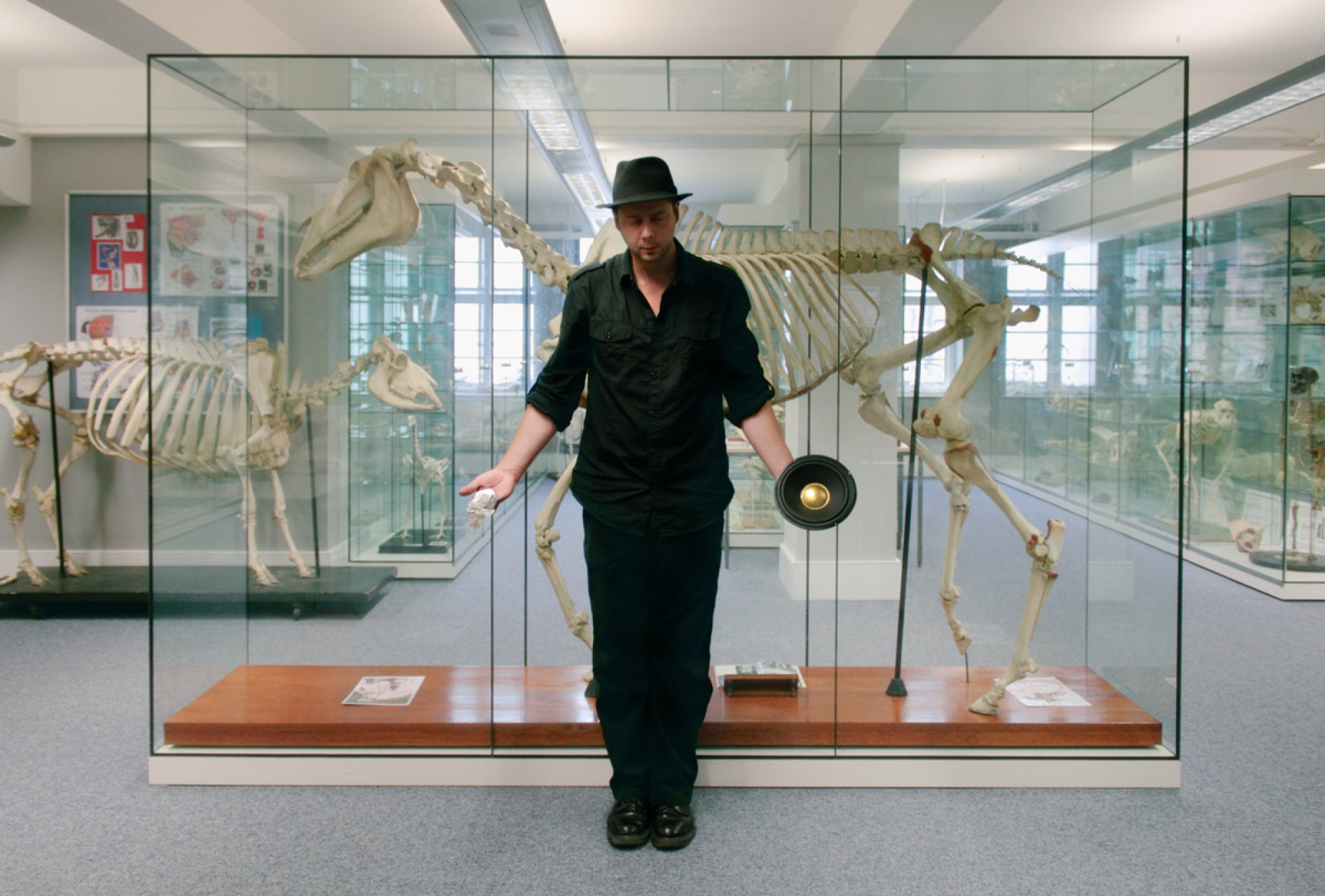Johan Thom
Embodied encounters: a performative, material reading of selected contemporary artworks by Santu Mofokeng, El Anatsui, Willem Boshoff and Johan Thom
In this research project I show how a performative, material reading of the artwork provides for an interpretive framework constituted as much by the form, subject matter and context of the artwork, as by the viewer’s embodied experience thereof.
Featured Media






Broadly speaking the research is focused on exploring contemporary non-western, African artists' work in a non-essentialist, relational manner.
This research project is underpinned by two related materialist positions. Firstly, following in the analyses of Darwin (1871/ 2004, 1859/ 2009), Barash (2012), Miller (2001), Dunbar (1999, 2009), Donald (2009), and Grosz (2008, 2011) artworks are understood as being the material embodiment of context-specific ideals of beauty. That is to say artworks fulfil a performative, evolutionary function, one that is responsive to the corporeality of the body and the cultural and artistic values at stake in the specific material context to which that body belongs.
Secondly, my body is not something I have but, rather, I am this body. However, following material readings by Barad (2007, 2009), Butler (1990, 1993), Foucault (1967), Deleuze and Guattari (1980/ 2004) and West-Eberhard (2003), like the artwork the body is also understood to be a socio-culturally, economic and politically constituted entity: the corporeal body does not exist pure and independently from the values of discourse and culture, for the latter is always already materially inscribed in it. Accordingly neither bodies nor the artworks they encounter are postulated as isolated ‘objects’ but, rather, are understood as being relationally founded material phenomena that weave in and out of one another even as they (re)configure historically specific boundaries between them and the world they inhabit.
For this research project I apply this performative, materialist approach and the methodology implicit therein to the interpretation of selected contemporary artist’s works including ‘The Black Photo Album/ Look at Me 1890 - 1950’ (1997) by Santu Mofokeng, ‘Man’s Cloth’ (1998-2001) by El Anatsui, ‘The Blind Alphabet’ (1991 – ongoing) by Willem Boshoff, and ‘Every Sentence draws blood’ (2012) by Johan Thom.